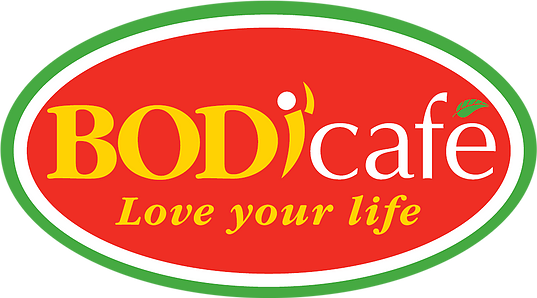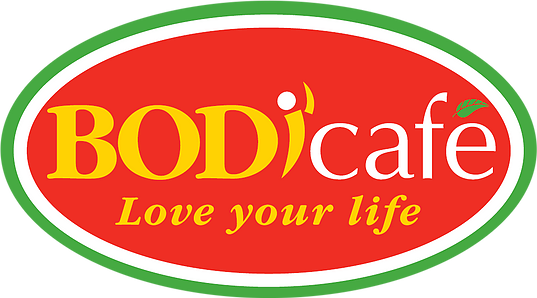Diabetes is a lifestyle disease with the following risk factors:
· Diet
· Sedentary lifestyle
· Smoking ; alcohol consumption
· Genetics
Types of Diabetes
There are two types of diabetes known as: Type 1 and Type 2.
Type 1 diabetes, formerly known as juvenile diabetes, is usually found in children and teens, although it can be found in adults as well. Type 1 diabetes is a chronic, auto-immune condition that can last a lifetime and occurs when one’s immune system damages the cells in the pancreas that are responsible for making insulin. The body then depends on artificial insulin which must be injected on a daily basis.
Practitioners have advised that new mothers should opt to exclusively breast feed their infants. According to research, abstaining from animal or any artificial milk during the first 6-12 months of the child’s life may greatly lower the risk for Type 1 diabetes.
Type 1 diabetes cannot be cured but, with the correct healthcare assistance, it can be effectively managed.
Type 2 diabetes affects 90 percent of diabetic patients. Many (not all) a genetic weakness is like a loaded rifle which a certain lifestyle can trigger. In most cases, a method for managing a genetic disadvantage, such as type 2 diabetes, is to expose it to a lifestyle that promotes health and wellness.
The first logical step is to watch what you eat; you need to be putting in the right fuel for your body to function. Eating food closer to its natural state (whole-foods), without much refining, is a big step in improving your overall health.
If your meal includes a carb ensure that it is a wholegrain such as: brown rice, millet, sorghum, couscous, barley etc. The outer layer of the grain (bran), which is usually discarded during the refining process, is rich in the functional carbohydrate known as fibre. Fibre helps to control blood sugar levels in the body. Be sure to also eat protein-packed legumes such as: lentils, beans or chickpeas for a well-balanced meal, as well as fresh fruit and vegetables. Refined foods such as white breads and rice, sugary drinks, cakes and other confectioneries should be removed almost entirely from one’s daily diet.
Exercise is a vital element where managing type 2 diabetes is concerned. A regular exercise routine helps to burn glucose and manages body weight. Remember to check that your blood sugar is at a safe level before you begin with your exercise programme. Sugar levels that are too high or too low can cause a dramatic spike or drop when exercising which can be risky to your health.
Managing diabetes may seem like a daunting task. Remember that a little progress each day: adopting a well-balanced diet; regular physical activity; drinking enough water, may assist in managing this lifestyle disease so that it no longer controls your health and happiness. Be sure to consult a registered health care practitioner before making any major lifestyle changes.
To healthy and happy living!
Sources:
Martens, P.J. 2017. Breastfeeding Helps to Prevent Type 1 Diabetes. [Online]. [4 November 2019]. Available from: https://www.diabetesincontrol.com/breastfeeding-helps-to-prevent-type-1-diabetes/
Cleveland Clinic. 2018. Glucose Control: Why Timing Your Exercise After Meals Matters. [Online]. [4 November 2019]. Available from: https://health.clevelandclinic.org/exercise-and-your-glucose-levels-does-timing-make-a-difference/
Basina, M. 2019. Is Type 2 Diabetes Reversible?. [Online]. [4 November 2019]. Available from: https://www.healthline.com/health/type-2-diabetes-reversible
Vann, M.R. 2011. How Fiber Helps Control High Blood Sugar. [Online]. [4 November 2019]. Available from: https://www.everydayhealth.com/type-2-diabetes/diet/control-high-blood-sugar-with-fiber/








